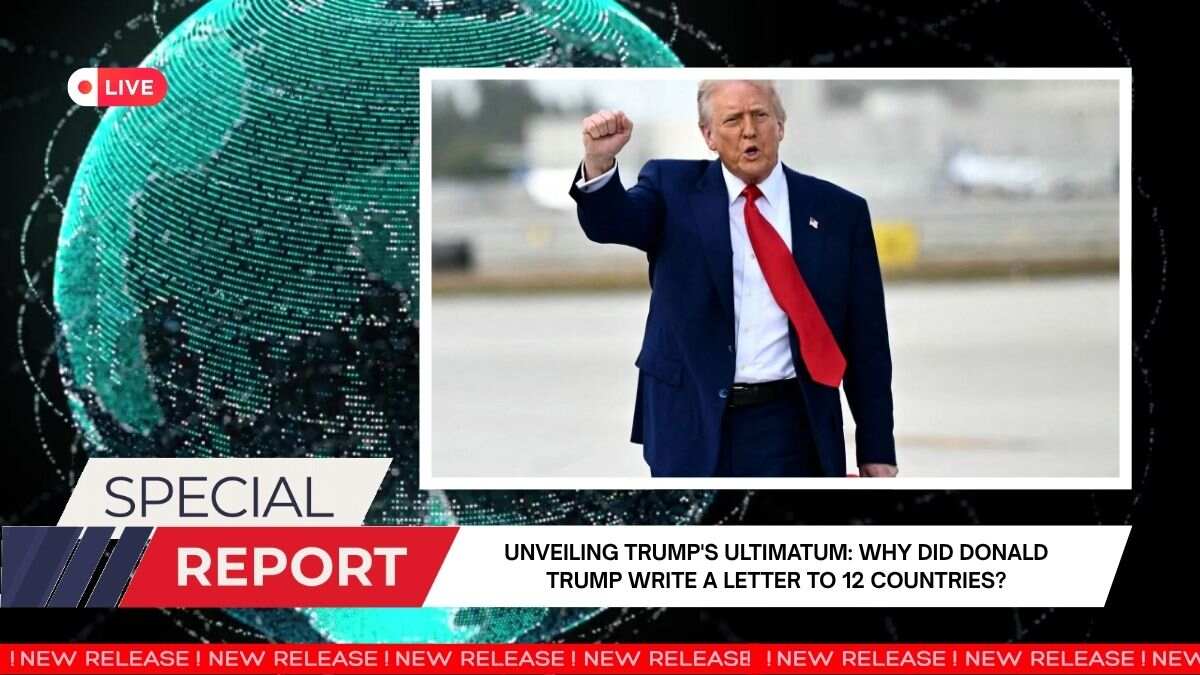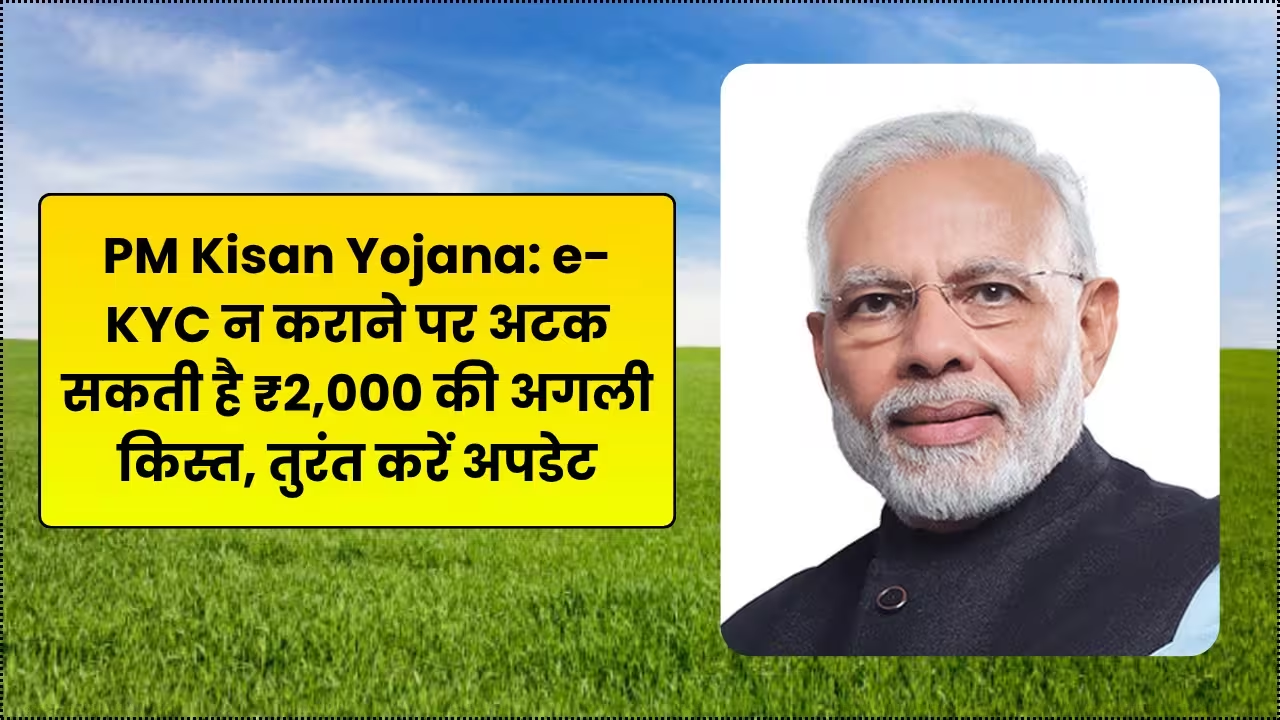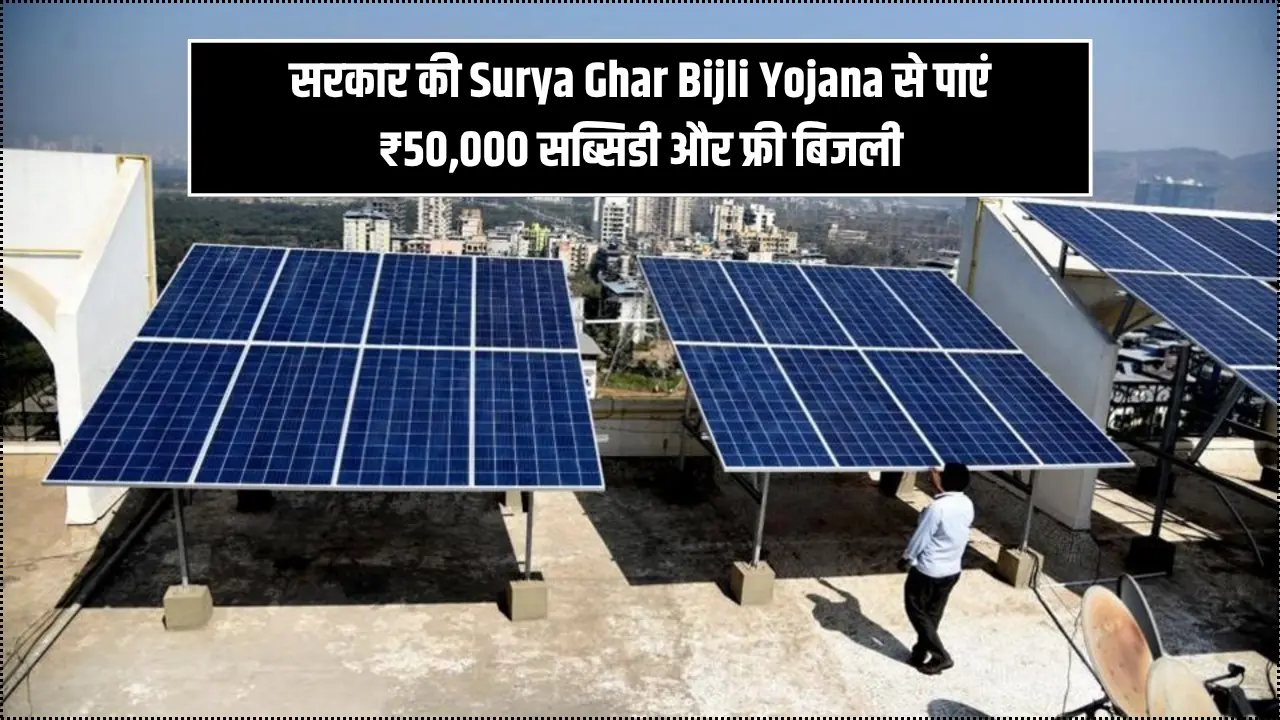Discover why Donald Trump sent “take it or leave it” tariff letters to 12 countries, as the world asks — Why Did Donald Trump Write a Letter to 12 Countries — shaking up global trade and international relations.
Introduction: The Shockwave of Unilateral Diplomacy
In the unpredictable world of international relations, President Donald Trump consistently pushed the boundaries of conventional diplomacy. His “America First” agenda often prioritized unilateral action and direct communication, sometimes bypassing traditional negotiation channels. A recent example that has sent ripples across global trade is the set of letters he signed, outlining proposed tariff levels for 12 countries, described as “take it or leave it” offers. But why did Donald Trump write a letter to 12 countries? This isn’t just a procedural formality; it’s a strategic move designed to enforce a specific vision of global trade, with significant implications for the nations involved and the broader international economic landscape.
The Core Reason: Enforcing Trade Demands
The primary motivation behind Donald Trump’s decision to send these letters to 12 countries was to enforce his administration’s trade demands and reduce perceived trade imbalances. These letters are essentially a final warning shot ahead of a looming July 9th deadline, after which significantly higher tariffs could be imposed.
- Expiration of Tariff Suspensions: In April, a baseline tariff of 10% was introduced on most goods entering the U.S., with the potential for higher rates – up to 50% – for certain countries. These elevated tariffs were temporarily suspended for 90 days to allow for negotiations. As that suspension period draws to a close, these letters serve as the ultimate ultimatum.
- “Take It or Leave It” Offers: Trump explicitly characterized these as non-negotiable proposals. This direct, often confrontational approach reflects his long-standing preference for swift, decisive action over protracted multilateral discussions. As he reportedly stated, “The letters are better, much easier to send a letter” than to “sit down and work 15 different things.”
- Frustration with Stalled Talks: The move comes amid frustrations over stalled trade talks with key trading partners like Japan and the European Union. Despite earlier hopes for broader trade deals to be finalized before the July 9th deadline, many negotiations have not yielded breakthroughs, prompting this shift towards a more forceful, unilateral stance.
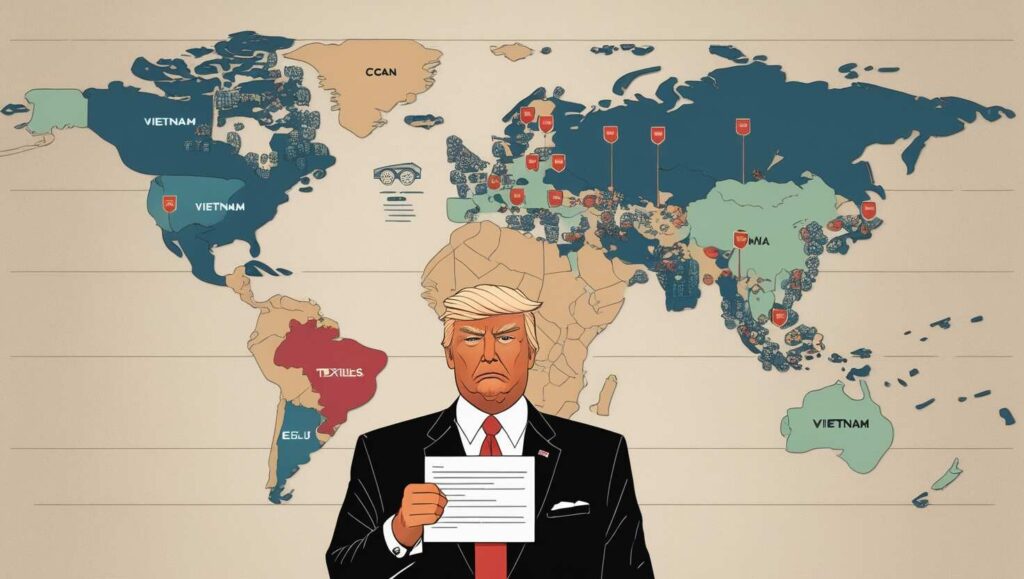
The Countries on the List (And Why They’re There)
While the exact list of 12 countries was initially kept under wraps, reports suggest that nations with significant trade deficits with the U.S., or those where negotiations had hit an impasse, are likely recipients. This includes major economies and developing nations alike.
- India: Despite ongoing discussions and a push for a “mini” trade deal, reports indicate that India might be among the countries receiving these letters due to unresolved issues, particularly concerning agricultural and dairy market access, and the removal of existing tariffs on steel, aluminum, and certain automotive parts.
- European Union: The EU has been a consistent target of Trump’s trade criticisms, with discussions often reaching an impasse, especially concerning tariffs on automobiles and agricultural products.
- Japan: Japan was reportedly called “spoiled” by Trump and may face higher tariffs if a deal isn’t struck.
It’s clear that these letters target nations that, in Trump’s view, have not adequately addressed U.S. concerns regarding trade imbalances or market access.
Economic and Diplomatic Repercussions
The letters and the impending tariff deadline carry substantial economic and diplomatic consequences:
- Increased Consumer Costs: While Trump asserts that “foreign countries pay” the tariffs, economic experts widely agree that U.S. importers bear the initial cost, which is then often passed on to American consumers through higher prices for imported goods. A 10% baseline tariff is already in place, but potential hikes to 70% could lead to significant price increases across various sectors.
- Uncertainty for Businesses: The “take it or leave it” approach and the short deadline create immense uncertainty for global businesses. Companies struggle to plan costs and supply chains when trade rules change rapidly and unpredictably. This can deter investment and disrupt established trade relationships.
- Strained International Relations: This aggressive tactic further strains diplomatic ties. While some nations, like the UK and Vietnam, have managed to secure deals (e.g., the UK maintaining a 10% rate with preferential treatment for certain industries; Vietnam reducing its tariffs from 46% to 20%), others are left scrambling, potentially leading to retaliatory measures.
Did you know? As of early July 2025, only two countries, the United Kingdom and Vietnam, had successfully concluded trade agreements with the Trump administration to avoid these elevated tariffs, showcasing the difficulty of meeting the administration’s demands under tight deadlines.
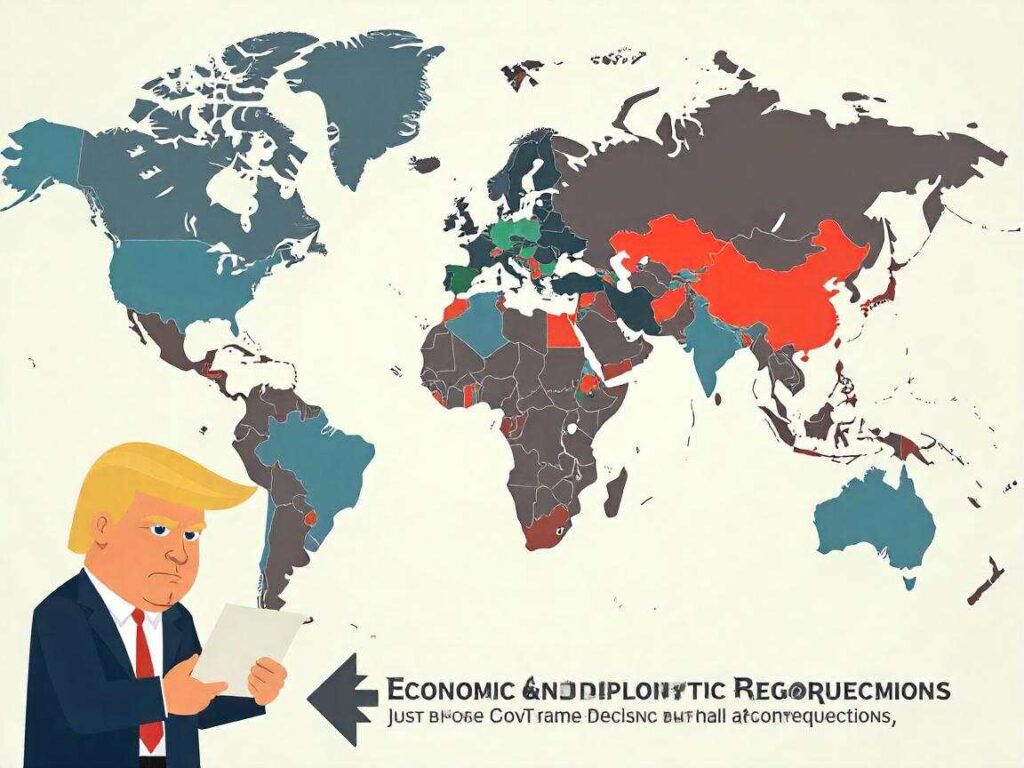
Trump’s Foreign Policy Philosophy in Action
The decision to send these letters is deeply rooted in Donald Trump’s overarching foreign policy philosophy. His approach is characterized by:
- “America First”: Prioritizing perceived U.S. economic and security interests above traditional multilateral cooperation.
- Bilateralism over Multilateralism: A preference for direct, one-on-one negotiations rather than engaging with larger international bodies or agreements.
- Transactional Diplomacy: Viewing international relations as a series of deals, where leverage and hard bargaining are paramount.
- Use of Economic Coercion: Employing tariffs and other economic pressures as primary tools to achieve foreign policy objectives.
This strategy often contrasts sharply with the diplomatic norms that emphasize collaboration and consensus-building, making such unilateral actions particularly impactful.
What do you think about this aggressive trade strategy? Share your thoughts in the comments below!
Also Read
- Tragedy Strikes: Urgent Camp Mystic Texas Flooding Update
- No Tax On Overtime Explained, The Truth Finally Revealed
Internal Links:

